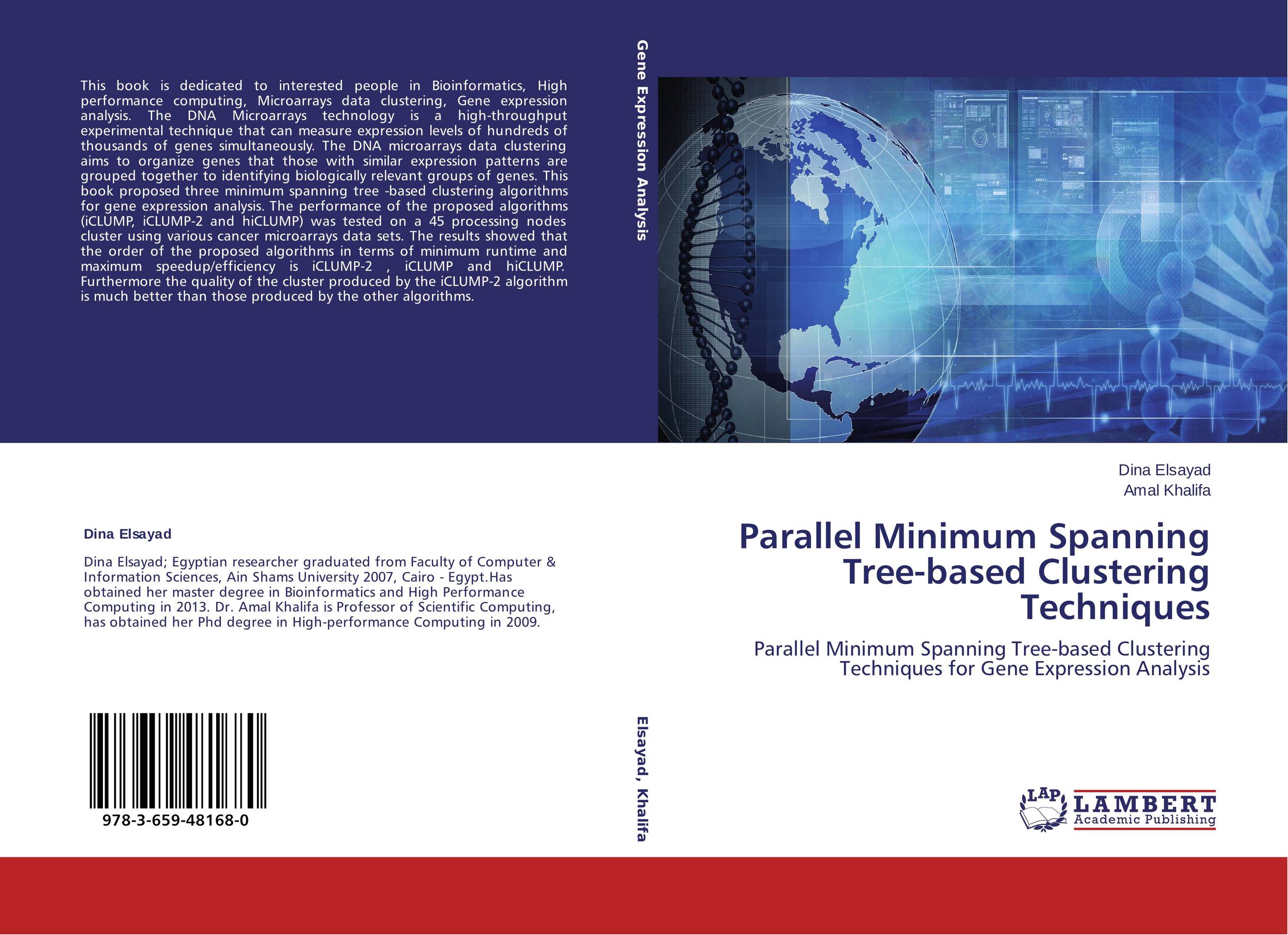| Поиск по каталогу |
|
(строгое соответствие)
|
- Профессиональная
- Научно-популярная
- Художественная
- Публицистика
- Детская
- Искусство
- Хобби, семья, дом
- Спорт
- Путеводители
- Блокноты, тетради, открытки
Parallel Minimum Spanning Tree-based Clustering Techniques. Parallel Minimum Spanning Tree-based Clustering Techniques for Gene Expression Analysis

В наличии
| Местонахождение: Алматы | Состояние экземпляра: новый |

Бумажная
версия
версия
Автор: Dina Elsayad and Amal Khalifa
ISBN: 9783659481680
Год издания: 2013
Формат книги: 60×90/16 (145×215 мм)
Количество страниц: 112
Издательство: LAP LAMBERT Academic Publishing
Цена: 25055 тг
Положить в корзину
| Способы доставки в город Алматы * комплектация (срок до отгрузки) не более 2 рабочих дней |
| Самовывоз из города Алматы (пункты самовывоза партнёра CDEK) |
| Курьерская доставка CDEK из города Москва |
| Доставка Почтой России из города Москва |
Аннотация: This book is dedicated to interested people in Bioinformatics, High performance computing, Microarrays data clustering, Gene expression analysis. The DNA Microarrays technology is a high-throughput experimental technique that can measure expression levels of hundreds of thousands of genes simultaneously. The DNA microarrays data clustering aims to organize genes that those with similar expression patterns are grouped together to identifying biologically relevant groups of genes. This book proposed three minimum spanning tree -based clustering algorithms for gene expression analysis. The performance of the proposed algorithms (iCLUMP, iCLUMP-2 and hiCLUMP) was tested on a 45 processing nodes cluster using various cancer microarrays data sets. The results showed that the order of the proposed algorithms in terms of minimum runtime and maximum speedup/efficiency is iCLUMP-2 , iCLUMP and hiCLUMP. Furthermore the quality of the cluster produced by the iCLUMP-2 algorithm is much better than those produced by the other algorithms.
Ключевые слова: Clustering, Bioinformatics, microarrays, High Performance Computing, Minimum spanning tree, Parallel algorithm, Cover tree, Gene Expression Analysis



